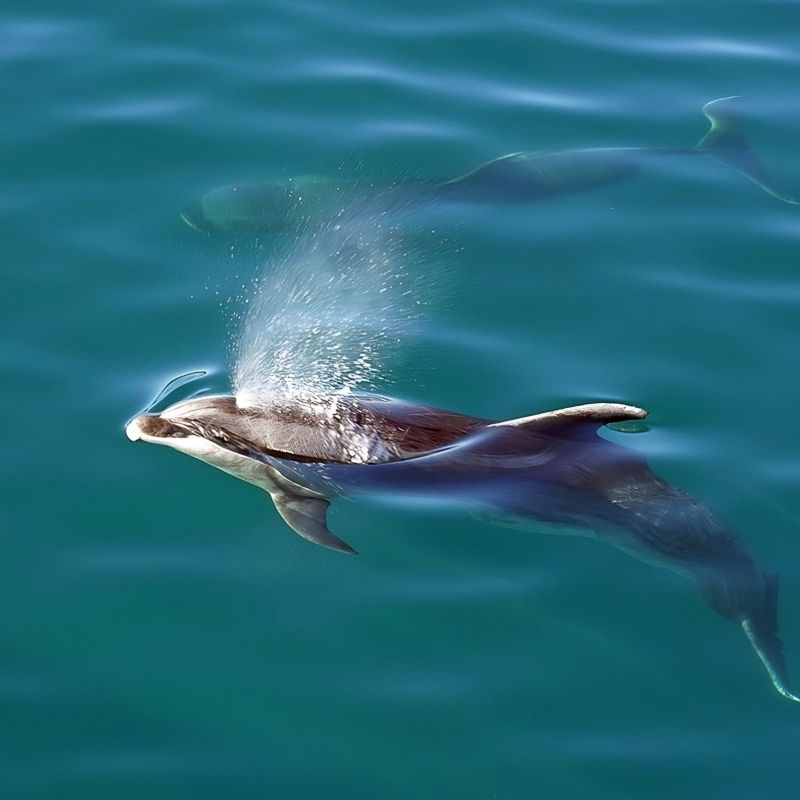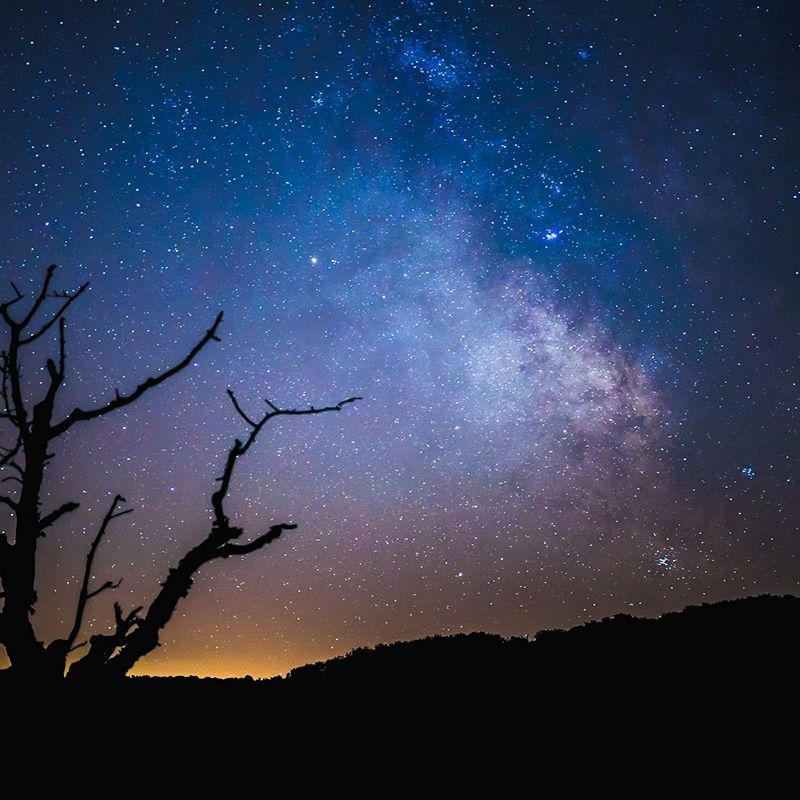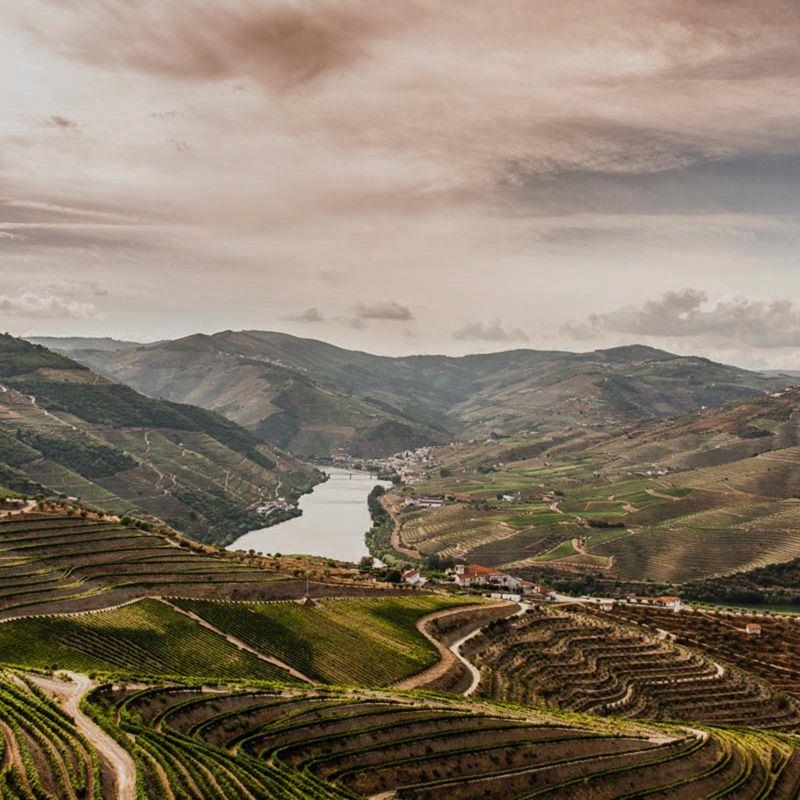Classified as World Heritage by UNESCO and known as the “museum city”, in Évora, we find traces of 2000 years of history. Its architectural and artistic heritage is so present and impressive that will guide your steps, especially if you like to walk without destination. The Gothic and Manueline architecturally influenced Church of St. Francis is indeed a pearl of its own. The space so elegantly occupied by golden altars and painted blue tiles will eventually lead you to the most relevant section of the church, the Capela dos Ossos (Chapel of Bones). The entire chapel is covered with about 5.000 human bones and skulls, and was built by Franciscan monks during the Catholic revival era. The message behind this was to make one contemplate the brevity of life.
Évora’s Cathedral is by far, the most dominating site in the whole town and the largest cathedral in Portugal. It is another vestige of Roman presence, although the cathedral is clearly an example of Gothic influenced architecture. Facing the Roman Temple of Évora, sits the The Palace of the Dukes of Cadaval. It belongs to the Ducal Cadaval family, and today it has harmonious architectural elements combination: Moorish (Mudéjar), Gothic and Manueline period. The palace with its 17th century façade is constituted in part by an old castle burnt in 1384. Today it is dominated by a tower called Tower of the Five Shields. Next door you will find the Lóios Convent and church, also built by the Cadaval family, where you can admire its traditional Portuguese tile decoration. The facade of the church was modified after the 1755 earthquake, except the porch that protects the flaming gothic cover.
Finish the tour with a cooking class in a fabulous hotel where you will learn the tricks to traditional Portuguese dishes with a professional chef while sipping local wine. Once you are an expert in the local cuisine, tuck into the fruits of your labor in the charming dining room.




